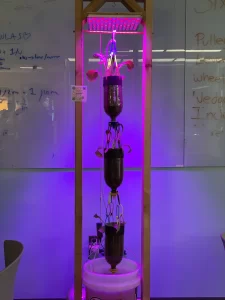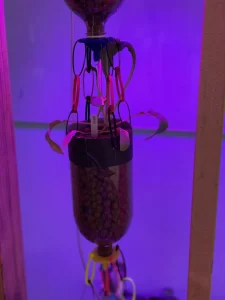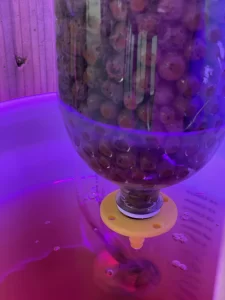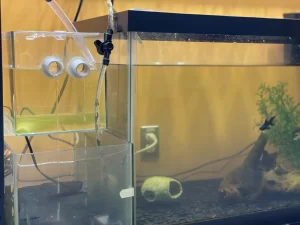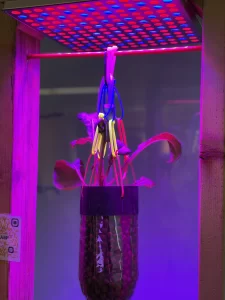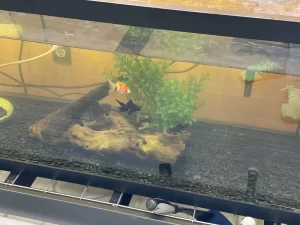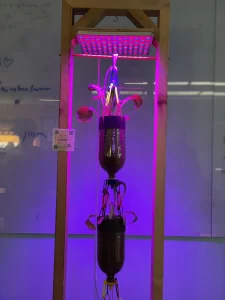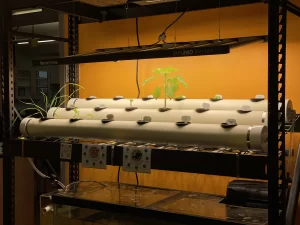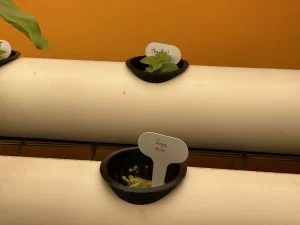Many definitions of aquaponics recognize the ‘ponics’ part of this word from hydroponics, which involves growing plants in water with a soilless medium. Generally speaking, aquaponics involves using fish to produce waste, which creates the perfect fertilizer for growing plants. And oh my, fish can grow many plants when they get to work!
One of the most extraordinary things about aquaponics is that it mimics the natural world. Just like Mother Nature does in every aquatic ecosystem, aquaponics is all about the relationship between water, marine life, bacteria, nutrient dynamics, and plants that grow together in waterways worldwide. Aquaponics harnesses the power of bio-integrating these individual components:
- Exchanging the waste by-product from the fish as food for the bacteria,
- Converting the waste by the bacteria into a perfect fertilizer for the plants,
- Returning the water in a clean and safe form to the fish.
- roponics Using 3D Printed Parts
Building a garden and growing your own food is empowering, but 3Dponics is even more exciting! We utilized 3Dponics, a free and open-source program, to give students the power to create their own aqua-garden. Then, we used MakerBot to print the parts to assemble a vertical hydroponics system that is truly unique.
As the root of the word “hydroponics” implies, the water (hydro) does the work or labor (ponos) in hydroponic gardening.
To grow, plants need a few essential ingredients: light, carbon dioxide (which they usually get from the general airflow in their environment), water, and nutrients. In traditional gardening, plants get the nutrients they need from the soil.
At its basic level, hydroponics involves growing plants in a nutrient solution rather than soil. Instead of the roots growing down into the dirt to gain nutrients, in a hydroponic system, the seeds grow into a liquid solution fortified with all the essential nutrients for healthy plants.
While it is possible to grow plants hydroponically outside, most hydroponic systems are used in greenhouses or other indoor spaces. Many small, commercially available hydroponic systems allow people to grow plants hydroponically in their homes.
As the project develops, the students will learn about growing their own food. The process is inspiring as we study and create efficient and compact farms!
